Should Automotive Circuit Breaker Have Continuity
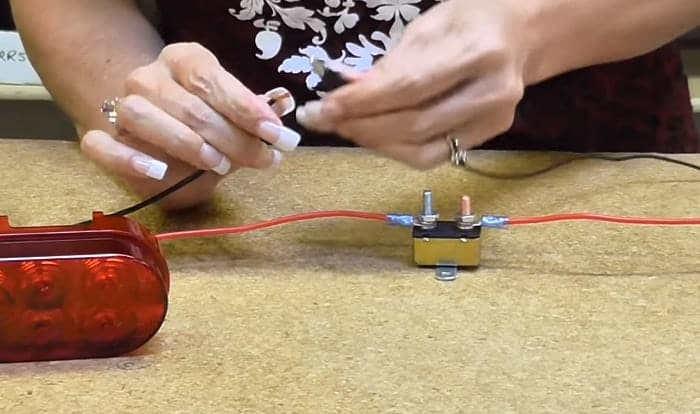
Taking the time to know how to test a shortstop circuit breaker is well-worth doing. I've had car circuit breaker problems that I initially thought were due to faulty stereos or headlights. Being able to check whether it's still working saves me loads of bucks every time. If you are new and have many unknowns about shortstop circuit breaker, please check out this article to learn more.
Below, I've outlined how to test an automotive circuit breaker using a multimeter. It doesn't take time. You only need to hook a multimeter up with the shortstop circuit to test for voltage both for when the car's engine is on and off. One other neat, old way I check whether it's still working is by using a jumper wire. I'll explain how to do this as well.
Table of Contents
- Tools You Will Need for Testing
- A Word of Caution If You're Fixing a Hybrid
- Testing a Shortstop Circuit Breaker Using a Multimeter
- 1. Turn the car off then access the fuse box.
- 2. Remove the shortstop circuit then test it with a multimeter.
- 3. Testing a shortstop circuit breaker before attaching it to a car.
- Testing Using a Jumper Wire
- Testing for Electrical Faults Using a Multimeter
- 1. Set the multimeter's dial to the appropriate voltage range.
- 2. Place the test probes on the load points or positive and negative terminals of the battery.
- Conclusion
Tools You Will Need for Testing
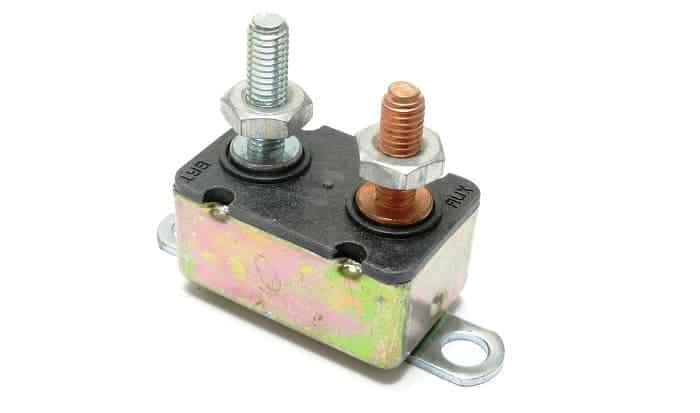
For convenient, no-nonsense testing, gather these two tools:
- Multimeter (aka digital voltmeter)
- Screwdriver (if it's necessary to remove components to access the fuse box)
For the jumper wire method, you'll need a:
- Jumper wire with a replaceable inline fuse
In my opinion, it's best to do both these methods to be sure, assuming you can do them on your car. Normally, I use a jumper wire to immediately know whether the shortstop circuit breaker is still functioning. Then, I just follow it up with the voltmeter.
Sometimes, I opt to use a multimeter immediately, though, because it's more reliable. As long as any of these tests can be done, I'd go for them because they're efficient, don't require much tools, and quick to deliver the signs I'm looking for.
A Word of Caution If You're Fixing a Hybrid
While there's generally no inherent risk of being shocked when handling car batteries and circuits, keep in mind that not all vehicles are made the same. Hybrid vehicles, for one, may cause you to experience electrical shocks once you touch their wirings, batteries, and other parts that run with electricity.
This is why I make it a habit to disconnect the battery every time I'm doing any kind of electrical issue test when handling hybrids. Shortstop circuit breakers or any other kind of automotive circuit breakers are no exception.
Testing a Shortstop Circuit Breaker Using a Multimeter
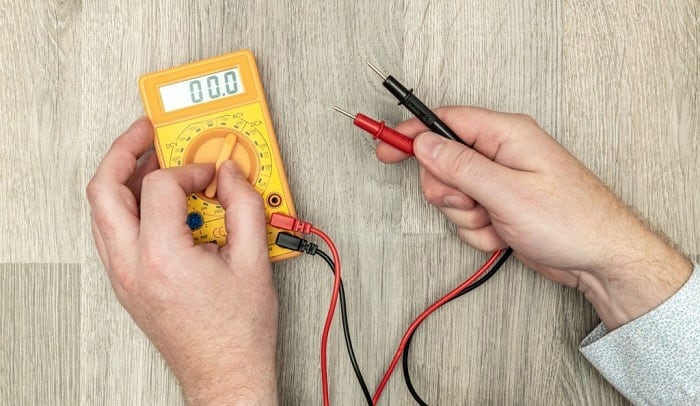
1. Turn the car off then access the fuse box.
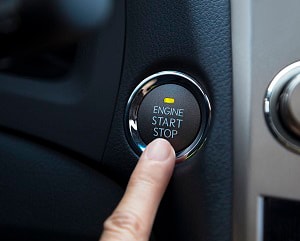
Refer to your car's manufacturer's manual if you still don't know where the fuse box is located. If it's blocked by other parts of the car, use a screwdriver to remove them. More often than not, car owners only have to deal with a couple of panels to reach the fuse box or the dashboard trim, so this shouldn't take long.
2. Remove the shortstop circuit then test it with a multimeter.
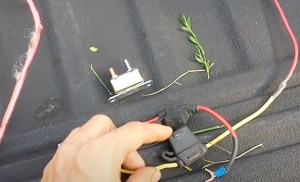
Be sure the multimeter is set to DCV or VDC and set the voltage at its highest setting to be safe. Set the black, negative prongs on the negative or cold terminal, and the red, positive ones on the positive or hot terminal.
If the multimeter displays a voltage reading, then that's a good sign that the circuit breaker is still good to go. Otherwise, the circuit could be deemed as dead and is a telling sign that there's a problem with the wires connected to the board or the board itself.
You can do this test for when the car's engine is turned off or on to confirm the presence of voltage.
3. Testing a shortstop circuit breaker before attaching it to a car.
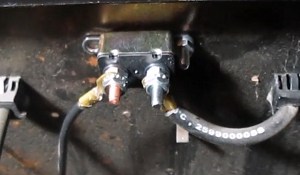
Incidentally, you can also test a shortstop circuit breaker that still hasn't been integrated into your car by hooking it up to a battery and any car component of your choosing. Do take note that you will need a couple of wires to perform this test.
If you want a great demonstration of this, take a couple of minutes of your time to watch this video:
Testing Using a Jumper Wire
A jumper wire as an automotive circuit breaker tester is a veteran trick that car electricians use to know in minutes whether a circuit breaker is still in working condition.
Basically, you'll be using the jumper wire to bypass the circuit breaker. I suggest you get one with an inline fuse that you can easily replace just to add protection to the circuit. Don't use a fuse whose capacity is higher than the circuit's. A 5-amp one is a safe bet.
Once you bypass the shortstop circuit breaker with the jumper wire, yet the circuit still runs, you're more than likely dealing with a broken circuit breaker. If this is the case, it's best to replace it altogether.
Testing for Electrical Faults Using a Multimeter
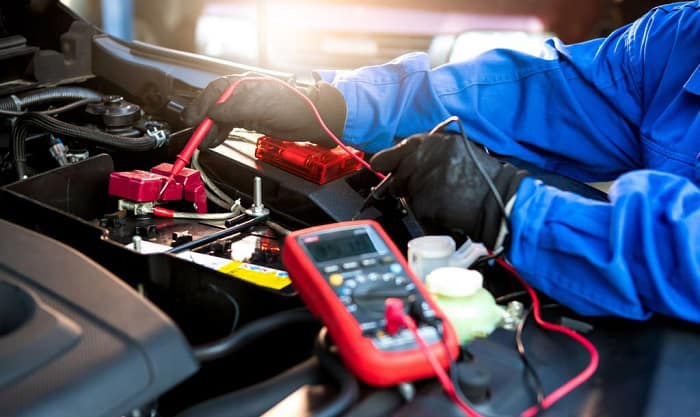
Whether it's a headlight or your car's AC or radio not running, it's worth finding out if it's still functional or doesn't simply have a bad ground connection. Good thing you can not only test a circuit breaker with a multimeter but the battery as well. This is so you can find out whether there's voltage or not. Others use a test light but, to me, they're not that accurate.
Pinpointing electrical faults allows you to rule out the problem from the get-go as well.
1. Set the multimeter's dial to the appropriate voltage range.
Use the multimeter to check for voltage at the circuit's load point. If you're going to be checking the car audio, for example, you typically need to set the VDC or DCV, depending on how your multimeter is labeled. Set it on 20V or higher than any voltage that you need to test, assuming it doesn't have an auto-ranging feature.
2. Place the test probes on the load points or positive and negative terminals of the battery.
Doing this should immediately give you a standard voltage reading. With the car turned off, the multimeter should display 12 volts with a slight discrepancy in decimals. This is a good sign that there is voltage.
That doesn't rule out the problem, though. After all, if there is voltage, it could still mean:
- The component itself is faulty.
OR
- You have poor ground connection.
Once you rule out it isn't a ground connection problem and the circuit breaker is still good to go, it's more than likely that the component (whether it's a headlight, backlight, or radio) finally needs replacing.
Conclusion
Did you like my testing methods on how to test a shortstop circuit breaker? In my experience, a shortstop circuit breaker is no different from other types of resettable or auto-resetting circuit breakers you normally see in most automobiles. It just so happens that I get to diagnose faster and more effectively every time I do these tests on shortstop circuit breakers, so I don't depart from them at all.
Got any feedback and reactions? Please share them in the comments below. I'd be grateful if you share this article, too, if you found it helpful.

I am Andrew Wright. I established this blog after eight years of experience designing, installing, and maintaining electrical power systems. I love my job, and I have always wanted to offer others the necessary help so they can take care of their houses.
Source: https://www.galvinpower.org/test-a-shortstop-circuit-breaker/
0 Response to "Should Automotive Circuit Breaker Have Continuity"
Enregistrer un commentaire